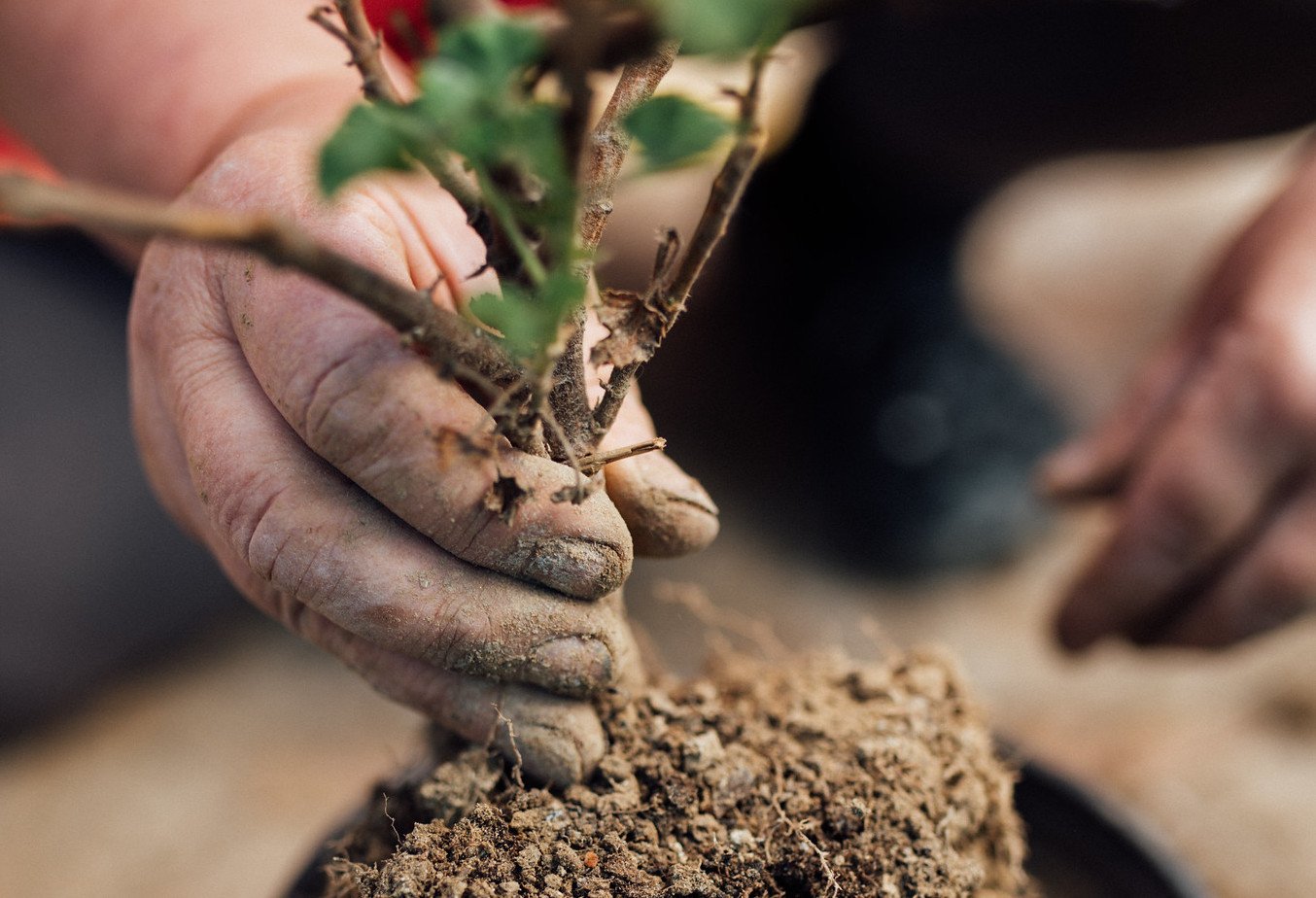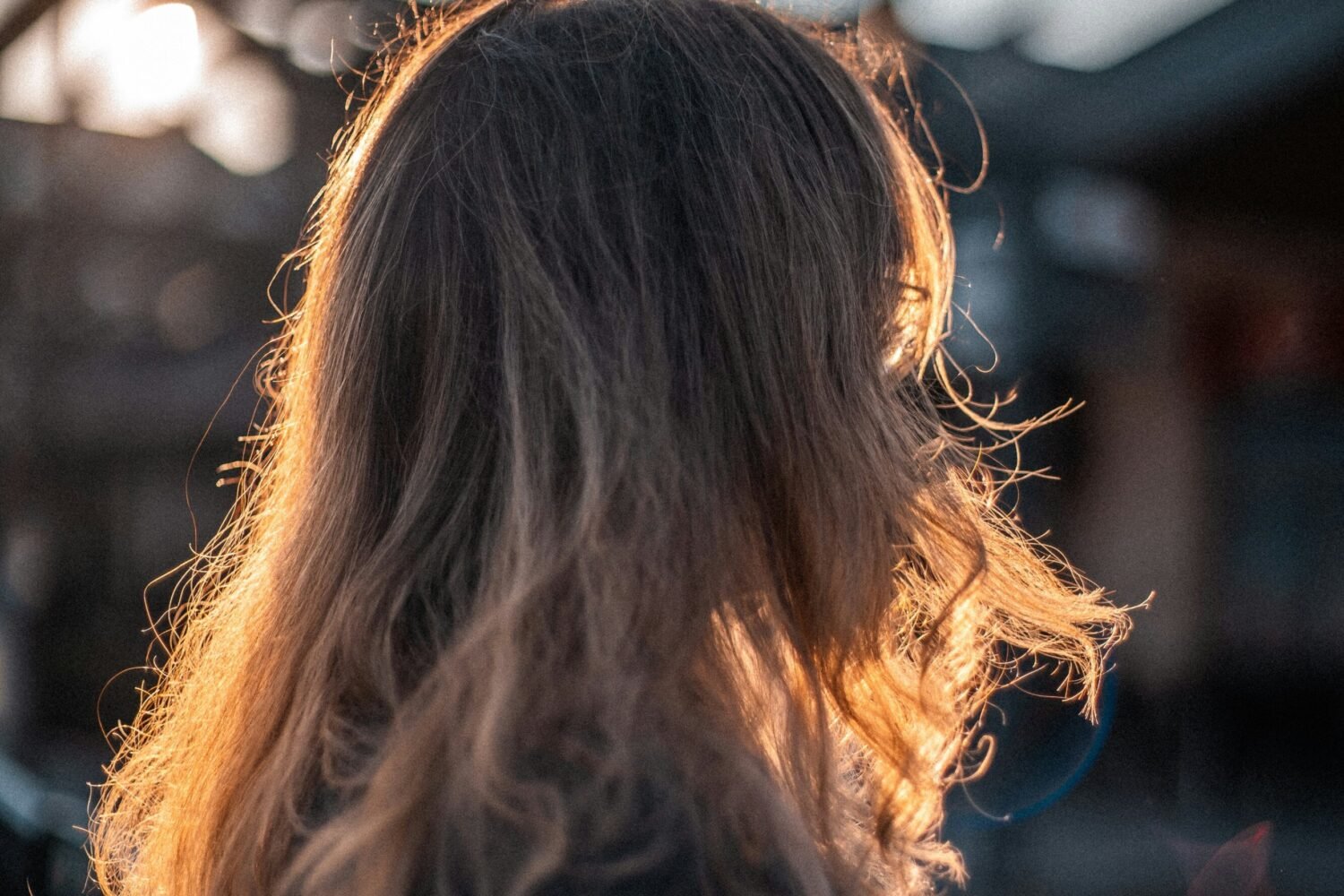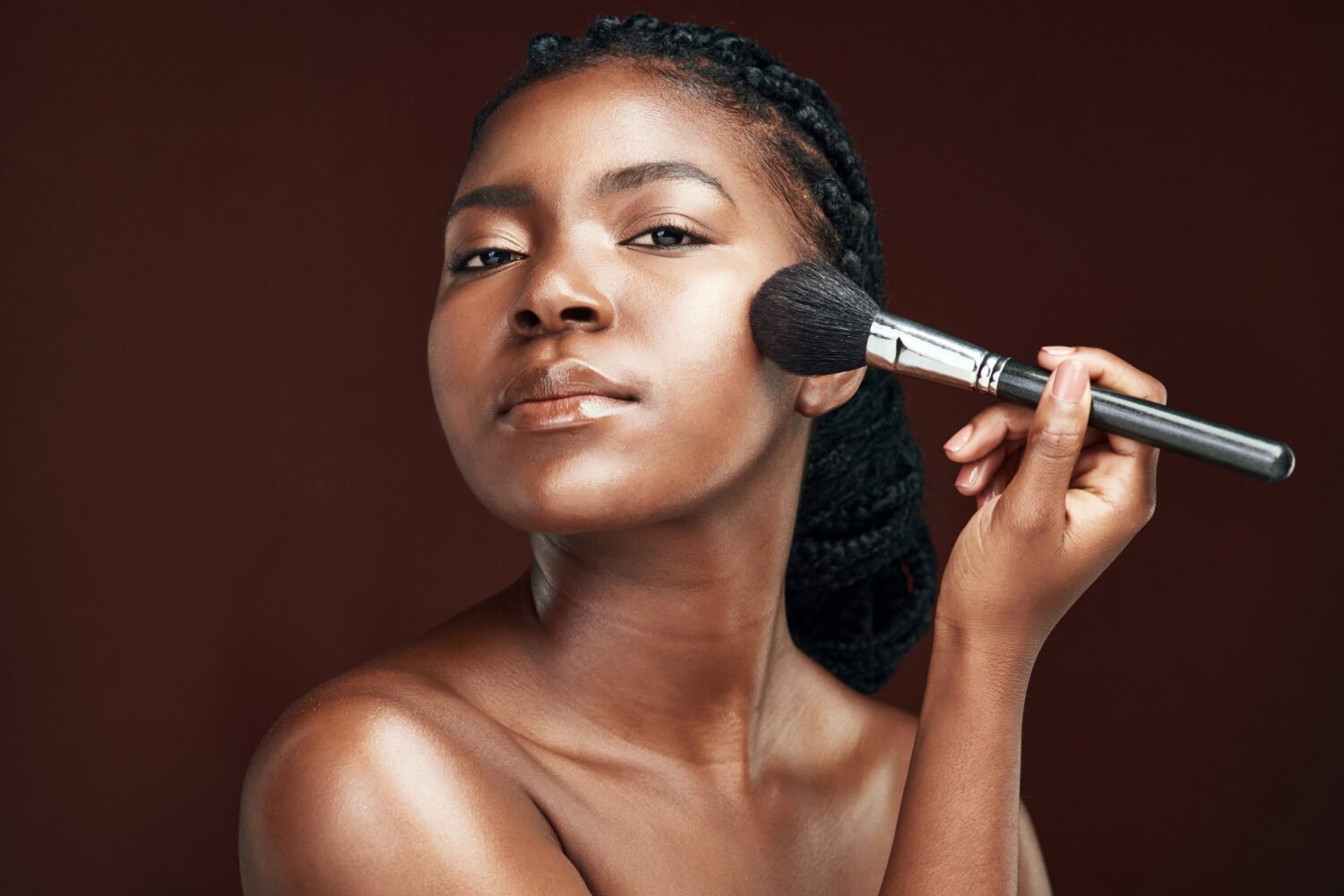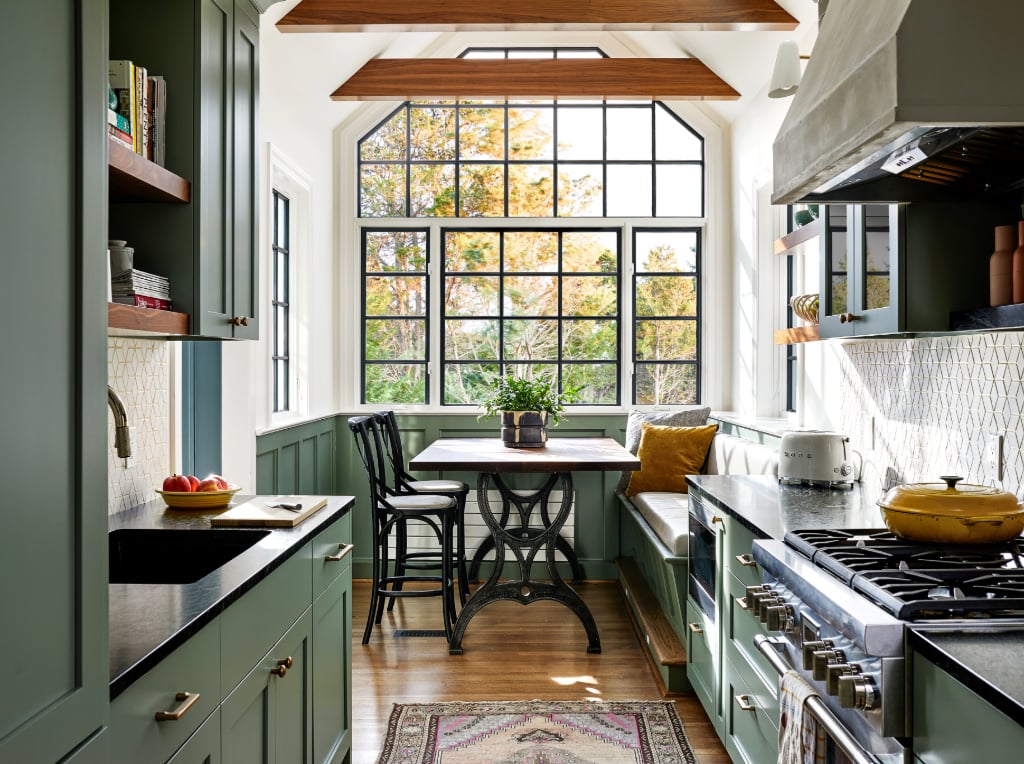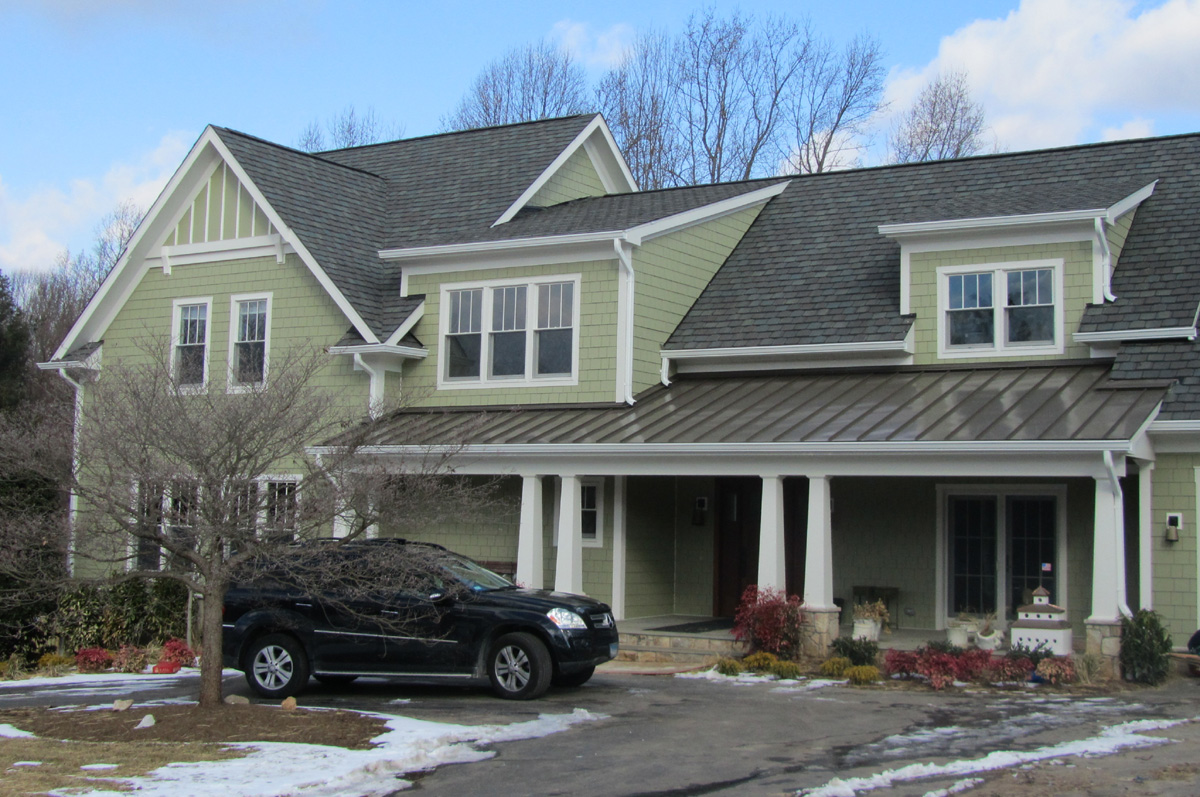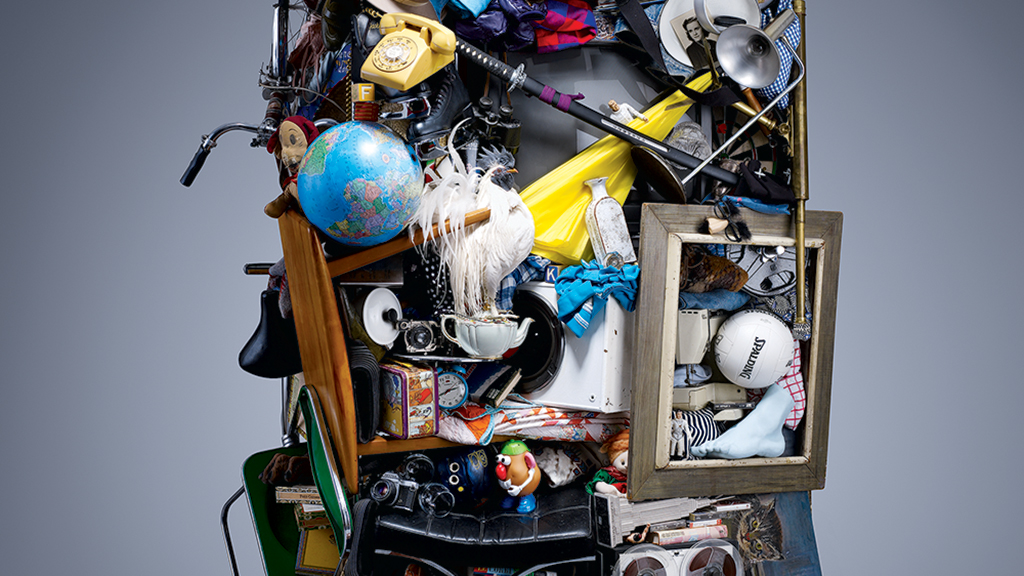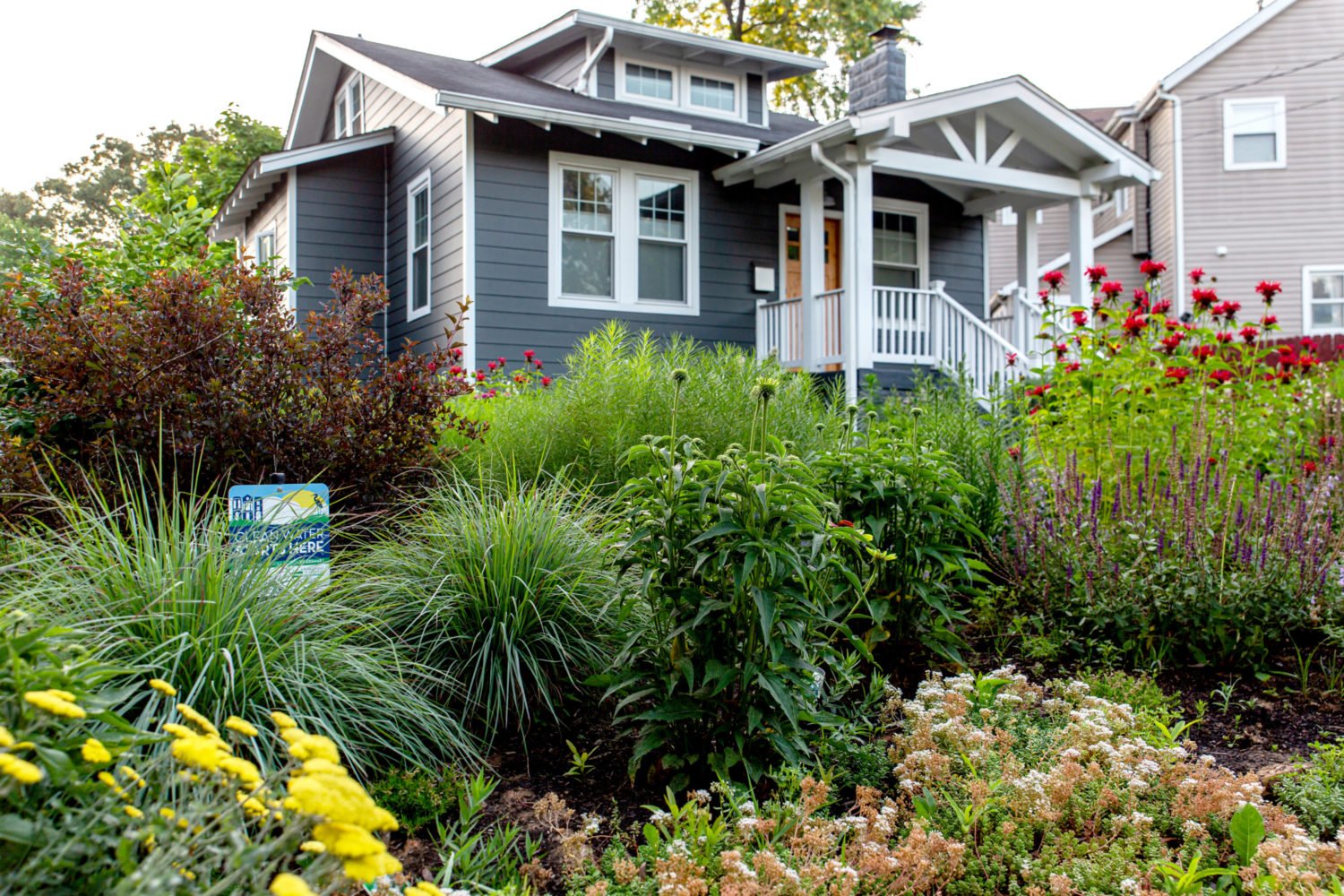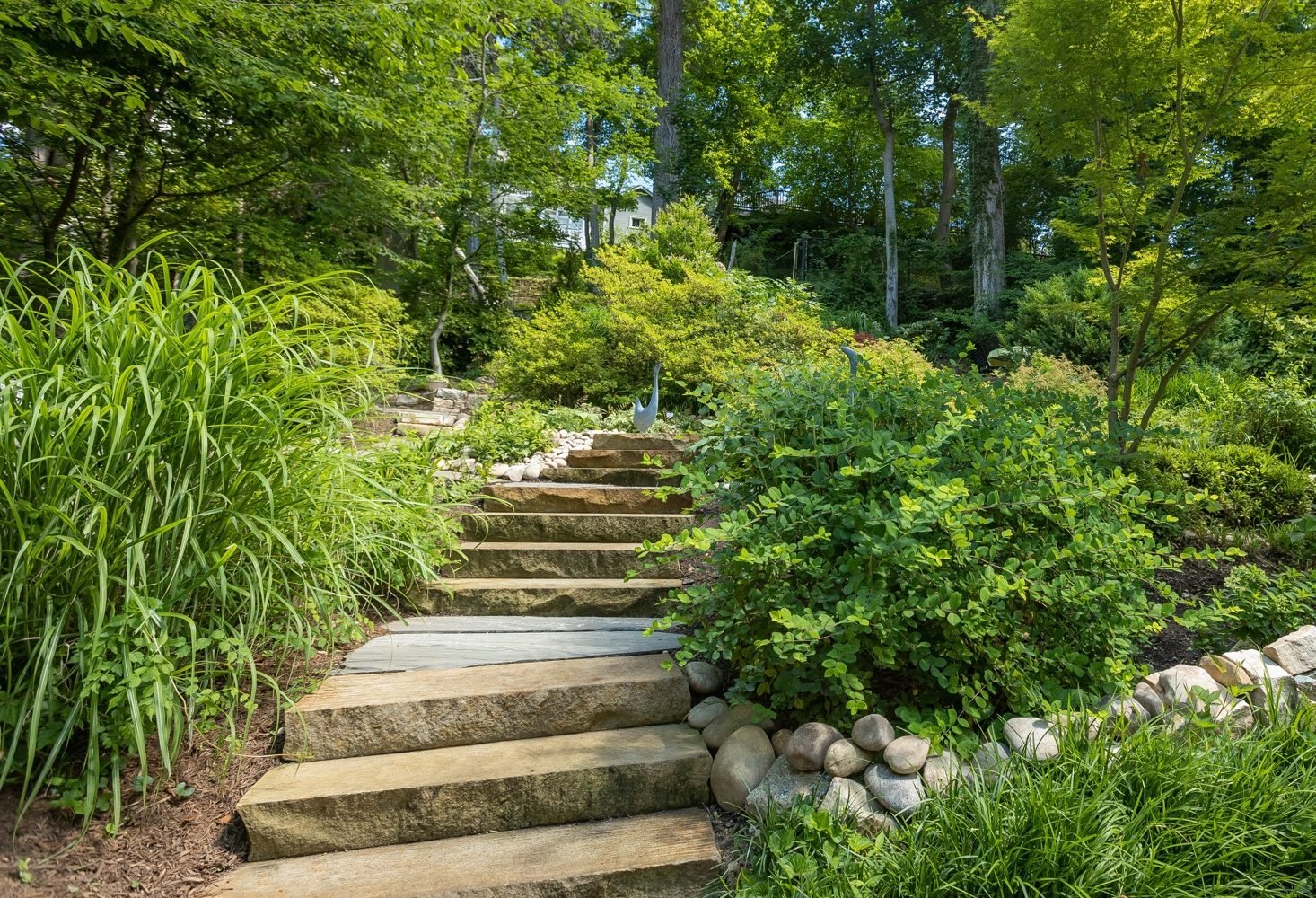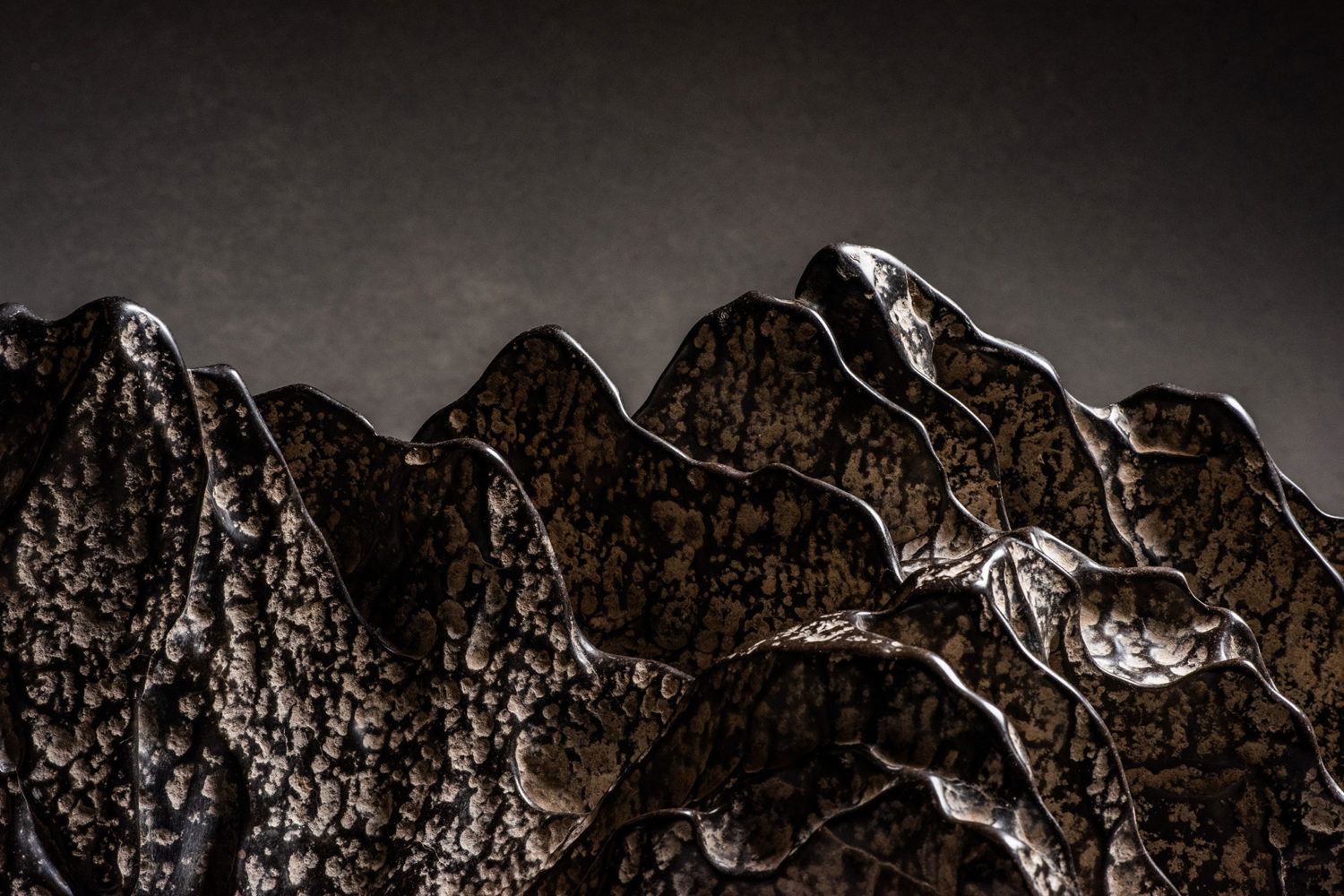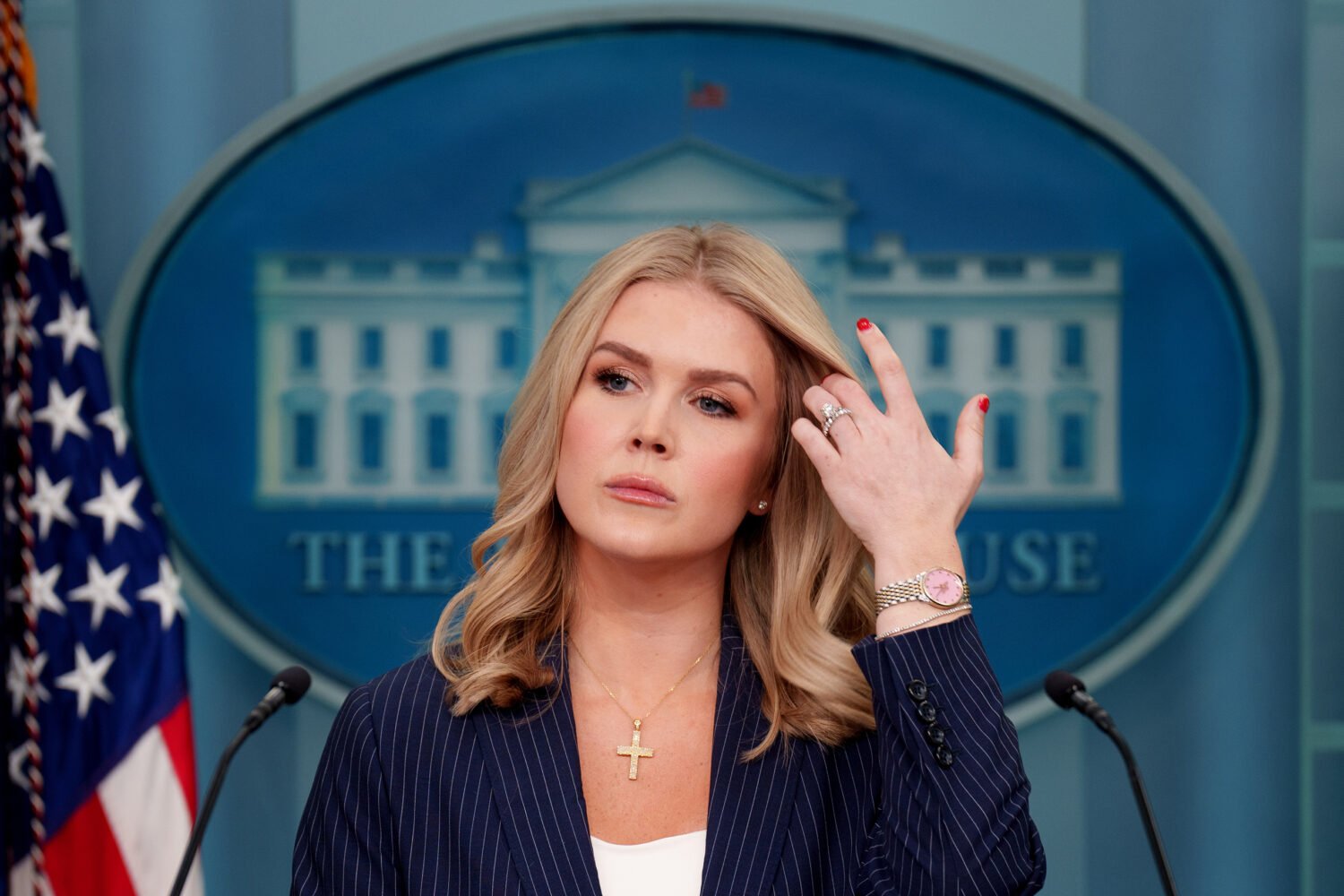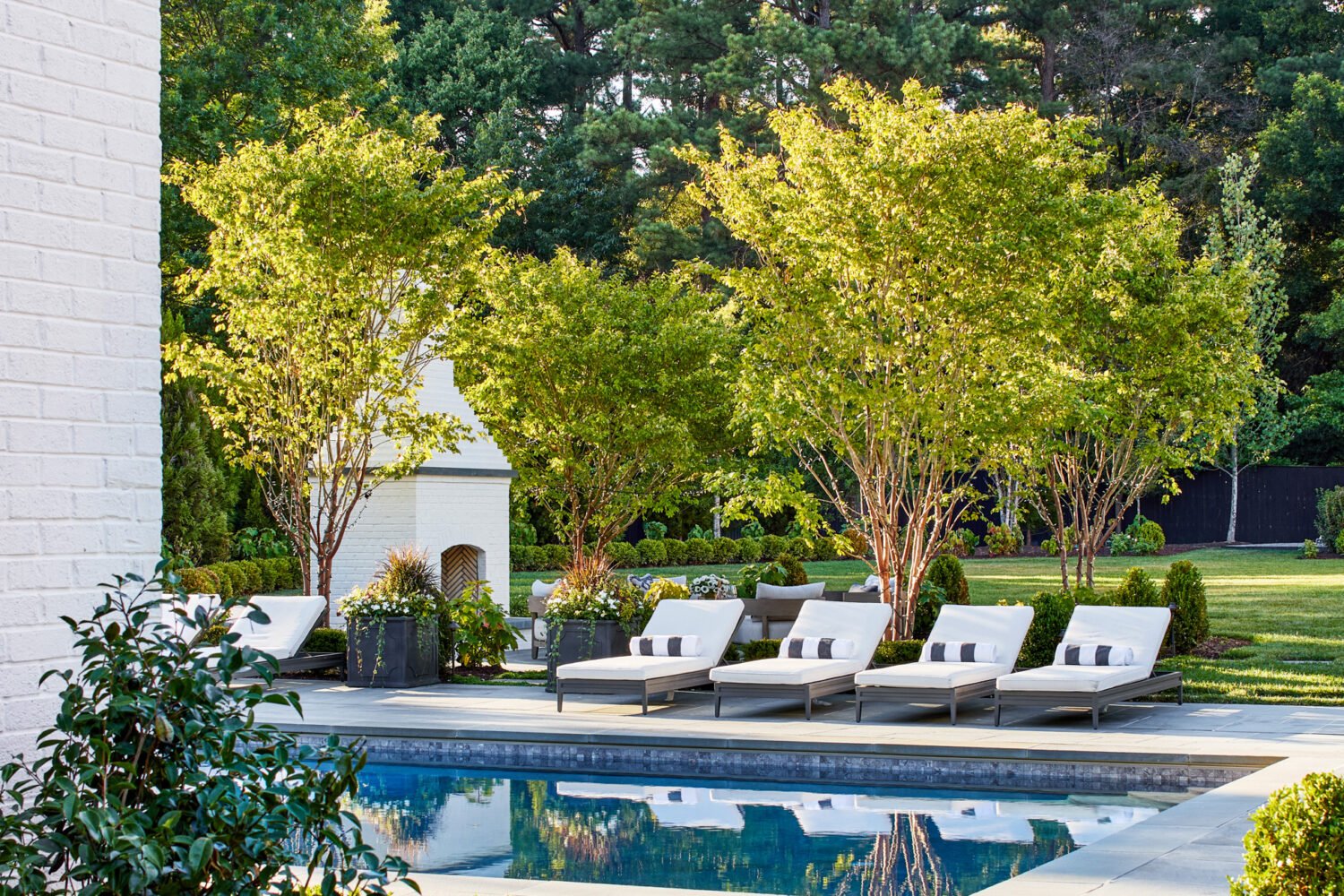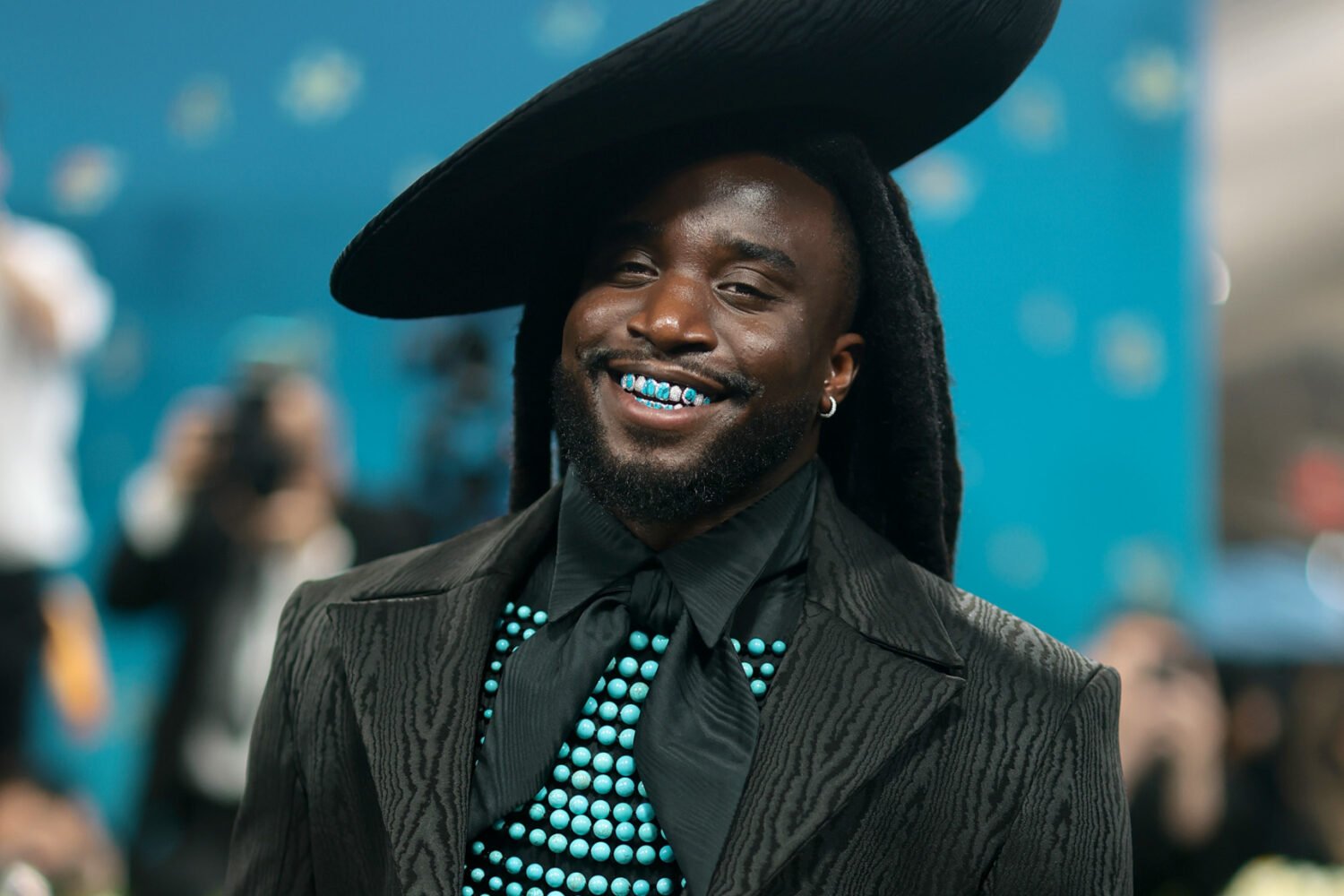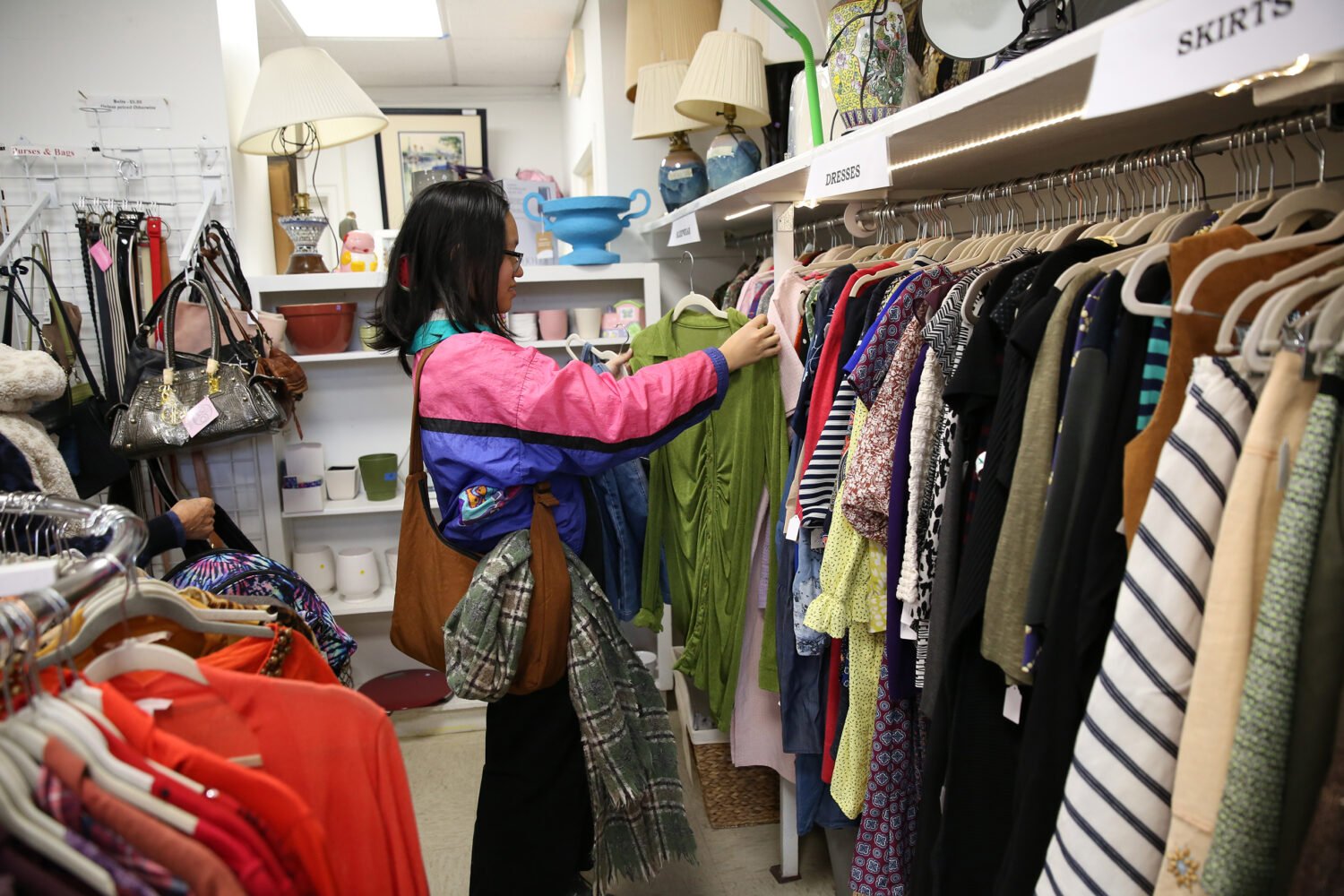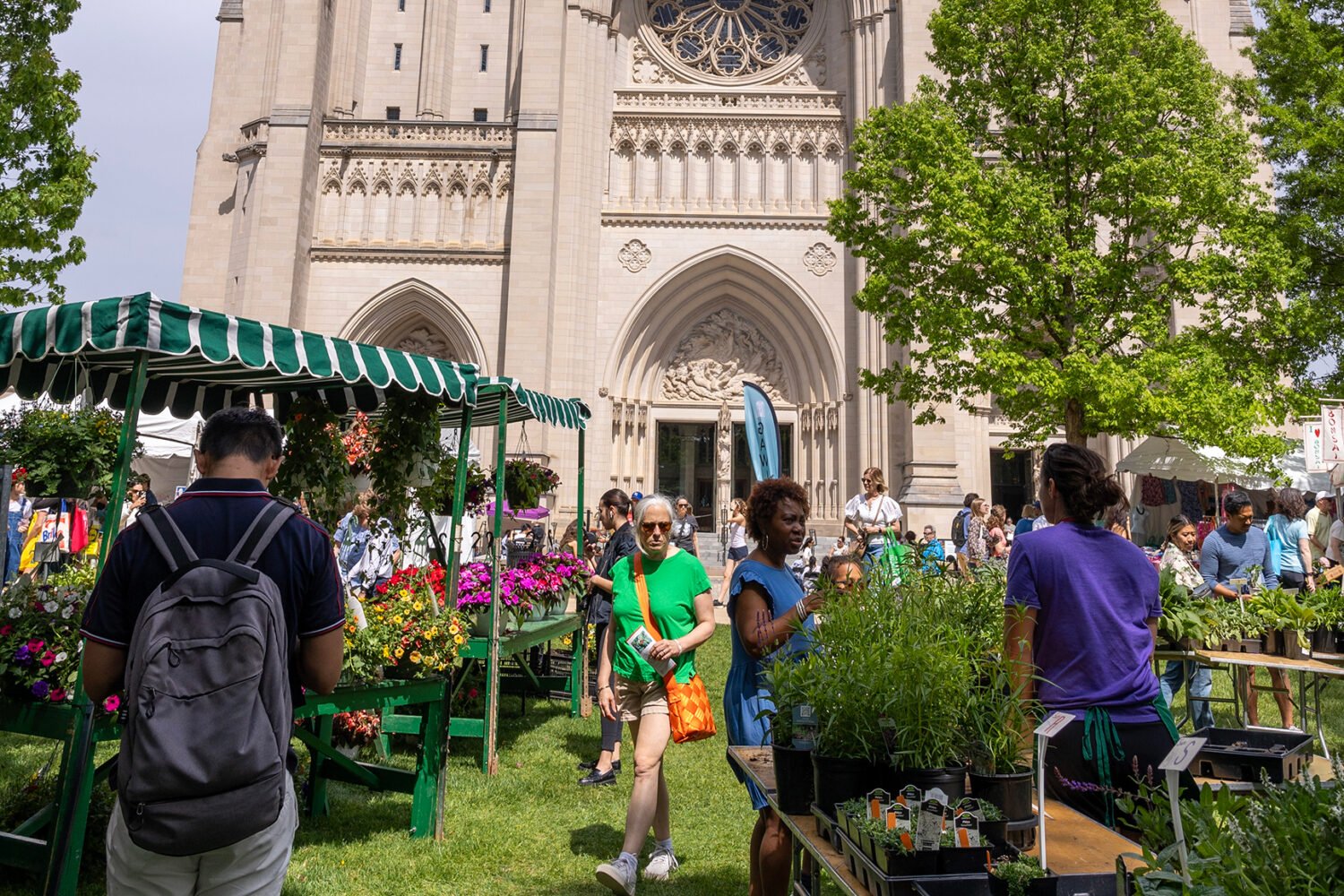Bradford pear trees are blooming across DC right now. But while their delicate, white flowers are certainly enchanting, they tend to stink—not just literally (stick your nose up to one and you’ll see what we mean) but figuratively. The trees are considered a non-native invasive, meaning they outcompete native plants, which, in turn, can hurt local wildlife and pollinators.
The pretty but smelly trees aren’t the only non-native invasive plants throughout the District. I was recently surprised to learn that some of the garden favorites I’ve long stopped to admire, like butterfly bush, English ivy, and Spanish bluebells, can be invasive also.
Lucky for us, the area has plenty of native alternatives that aren’t just eye-catching but provide food and habitat to local wildlife and pollinators, many of which (like the monarch butterfly) rely on a single host plant to feed or lay larvae on.
“Every place where we can have native plants, rather than non-native species, comes with increased benefits,” says Thorne Rankin, a local landscaper and co-founder of DC Natives, a nonprofit that helps people plant pollinator gardens in their yards.
For example, she says native plants tend to have longer, deeper root systems that can better prevent runoff and erosion and also require less watering—making them a low-fuss addition to your garden. “Lots of our landscapes that we have grown accustomed to, such as our lawns, non-native trees, and non-native shrubs, are pretty much sterile environments for native insects and animals that have co-evolved alongside native plants,” says Rankin.
We asked Rankin, as well as Angela Magnan, an agricultural science research technician at the U.S. National Arboretum, to share their favorite, easy-to-incorporate native plants—many of which will be for sale at the arboretum’s annual native plant sale later this month on Saturday, March 25, from 8:15 a.m. to 2 p.m.
“You don’t have to be a conscientious environmentalist to enjoy native plants in your yard,” says Magnan. “If your primary goal is to have a pretty plant, there are lots of really cool, interesting and attractive native plants.”
Here are some of their favorites:
Milkweed
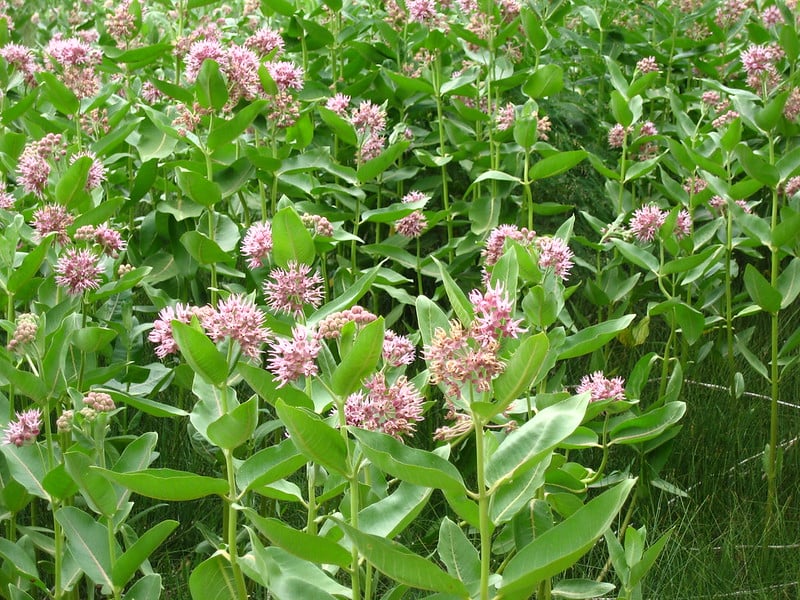
Milkweed (which is a bit of a misnomer, since none of the plant’s U.S. varieties are considered noxious weeds) is extremely beneficial to pollinators, particularly monarch butterflies, which have evolved to rely exclusively on the plant, says Rankin. The dusty-rose wildflower can also be potted in large containers, meaning apartment dwellers can give monarchs a helping hand too.
Virginia Sweetspire
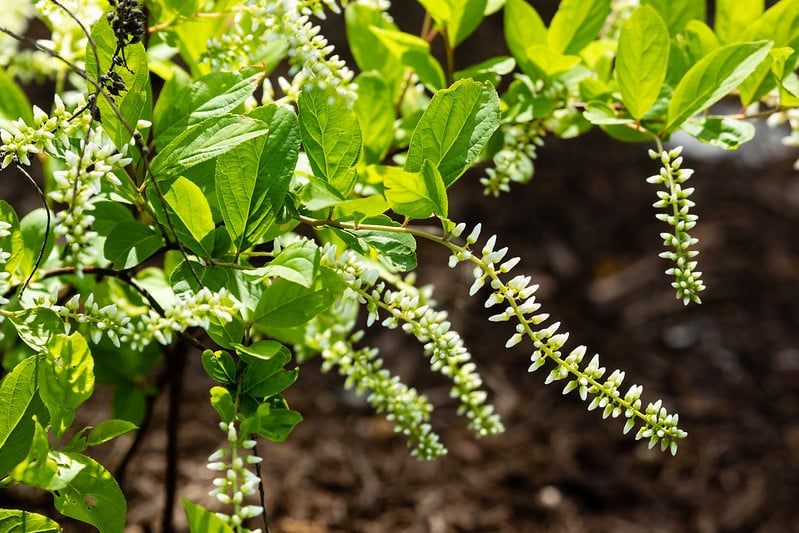
Rankin loves Virginia sweetspire for its adaptability. Blooming in late spring and early summer, this flowering shrub produces white tassel-like flowers that gracefully bend downward. It’s just as pretty in the fall when its leaves turn red and purple, providing outdoor color well into winter, and making it a great alternative to burning bush, which can be invasive.
Bee Balm
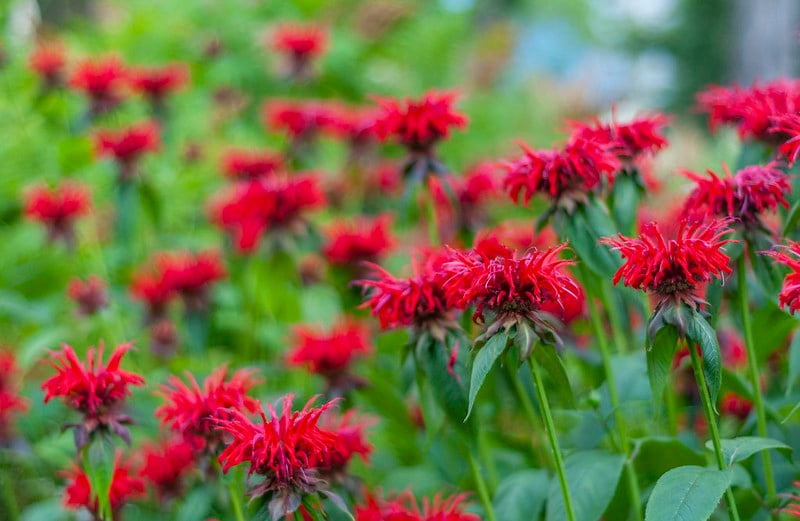
Magnan recommends any natives within the mint family, such as scarlet bee balm, whose brilliant red color attracts hummingbirds in addition to other pollinators. Aside from its showy blooms, the plant’s fragrant leaves can also be dried and steeped to make tea.
Dwarf Crested Iris
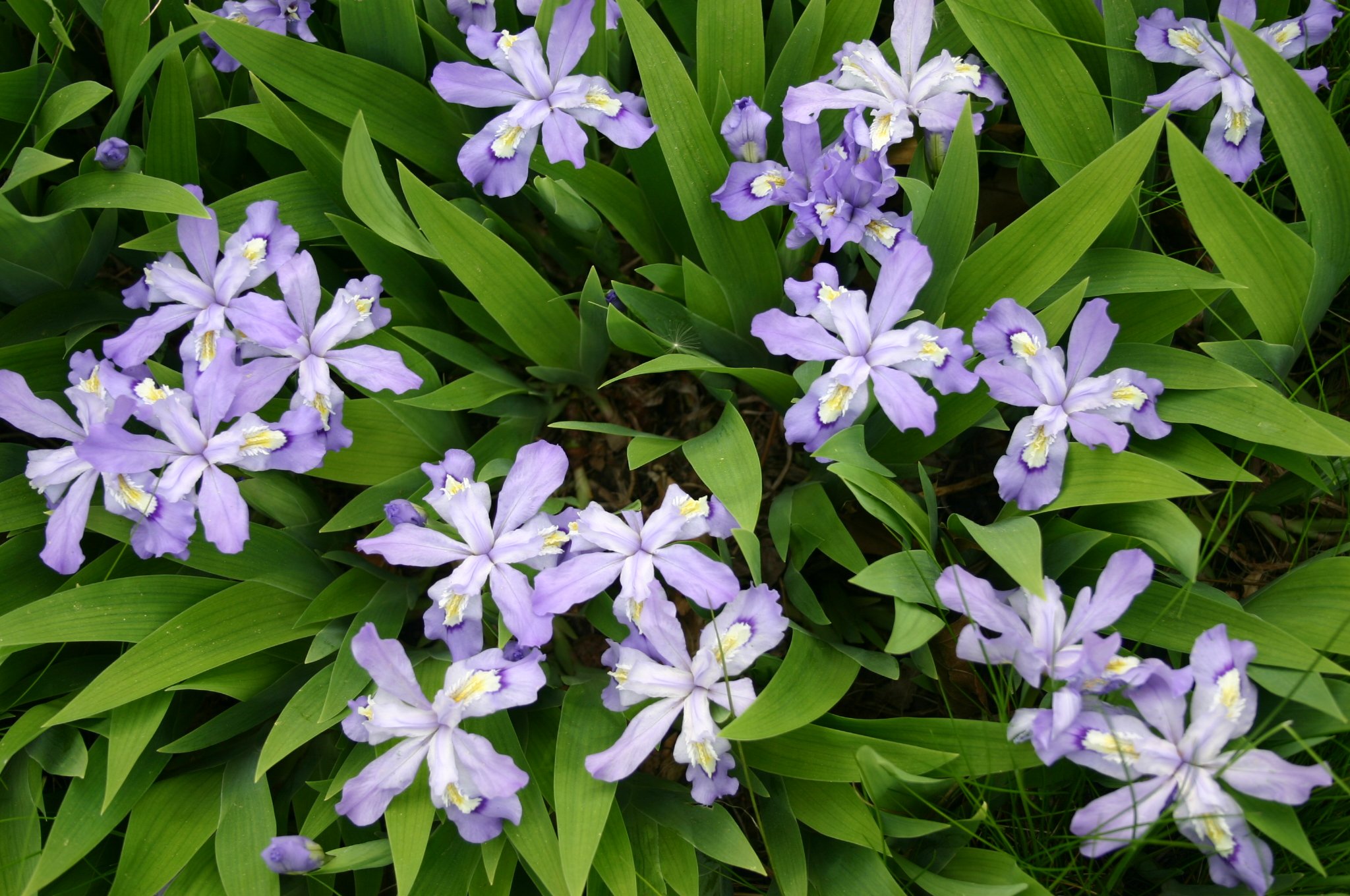
Magnan is also a fan of dwarf crested iris, which blooms in spring and comes with bright green sword-shaped leaves. As its name suggests, the lilac-colored beauty lays low to the ground, making it a great option for ornamental ground cover.
Sweet Pepperbush
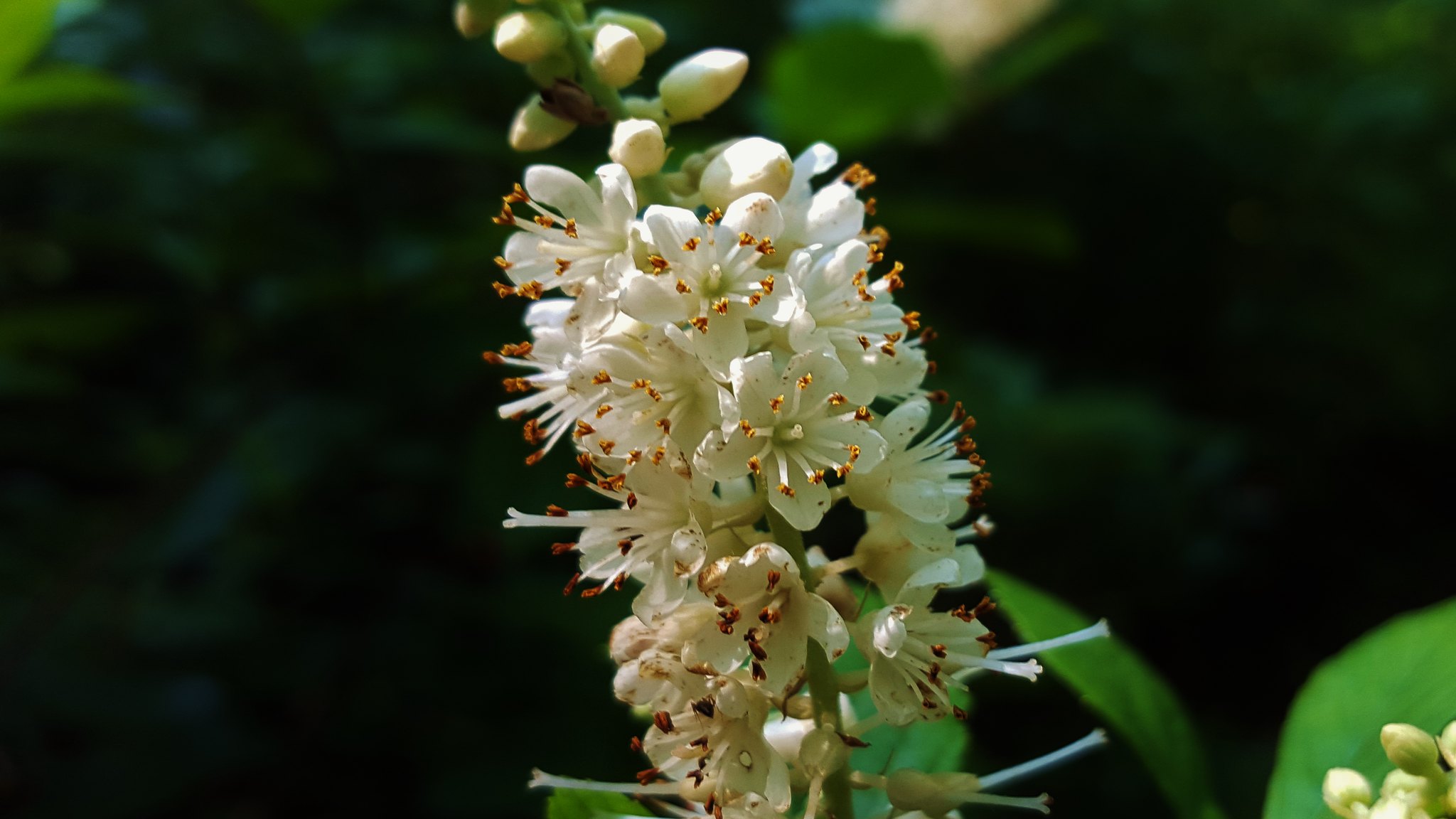
Another bee and butterfly favorite, the sweet pepperbush produces showy, white-to-pink summer blooms that carry a sweet, honeysuckle-like aroma. As with Virginia sweetspire, Rankin loves to incorporate this bush into gardens for its adaptability.
Goldenrod
Blooming in late summer and fall, goldenrod provides late-season color and food to butterflies and bees when things are otherwise winding down, says Rankin, who adds that it’s also easy to grow.
Black-Eyed Susans
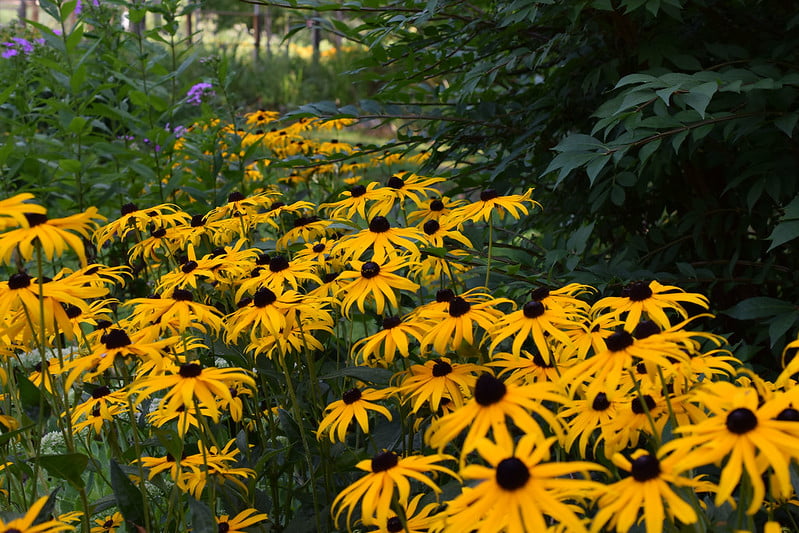
Songbirds, especially goldfinches, and pollinators love these cheerful perennials, which are easy to grow when placed in full sunlight.
Pink Muhly Grass
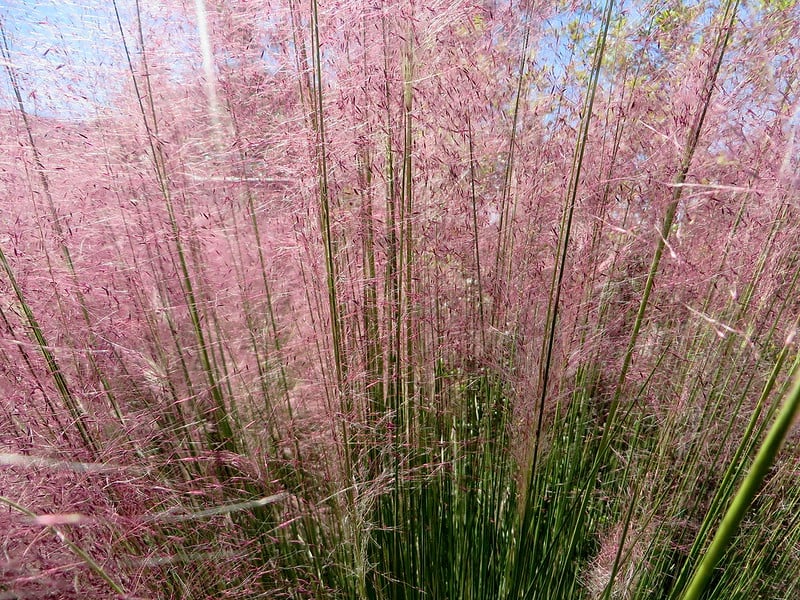
With feathery pink plumes that arrive in late summer and fall, this Suessian-looking plant is arguably one of the most showiest grasses you can add to your yard, says Rankin. Plus, the native plant provides great nesting material to birds.
Tickseed
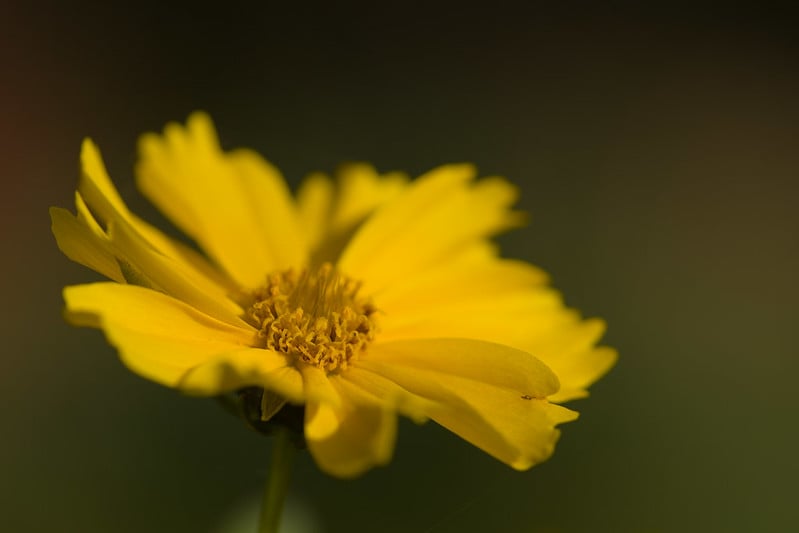
Don’t let the title scare you—tickseed’s name only comes from the fact that its seeds resemble ticks. Bees and butterflies are drawn to this perennial’s bright yellow flowers, which last all summer long, as well as songbirds who snack on its seeds. Despite its delicate-looking nature, tickseed is hardy and easy to grow.
Dogwood Tree
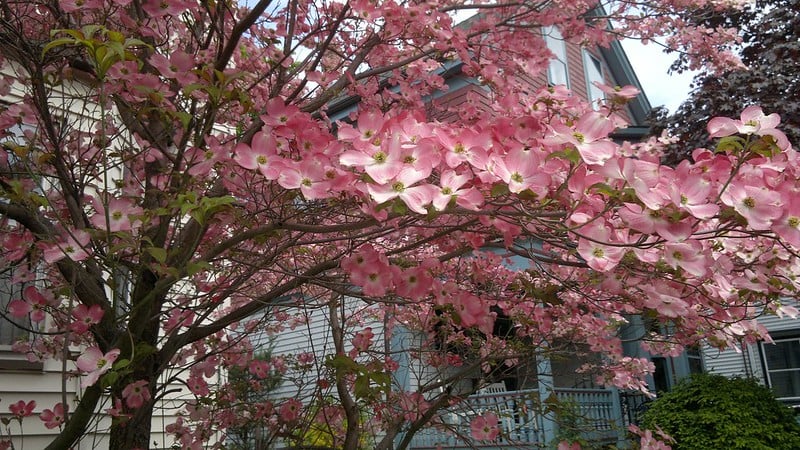
Virginia’s state tree has lots to boast about: its showy, pink or white flowers bloom in spring before giving way to vibrant red leaves in fall. But not only is the small tree eye-pleasing, the flowering dogwood also serves as a great habitat and food source for songbirds, which feast on its fall fruit. Magnan also recommends the Appalachian snow dogwood, which is resistant to disease.

